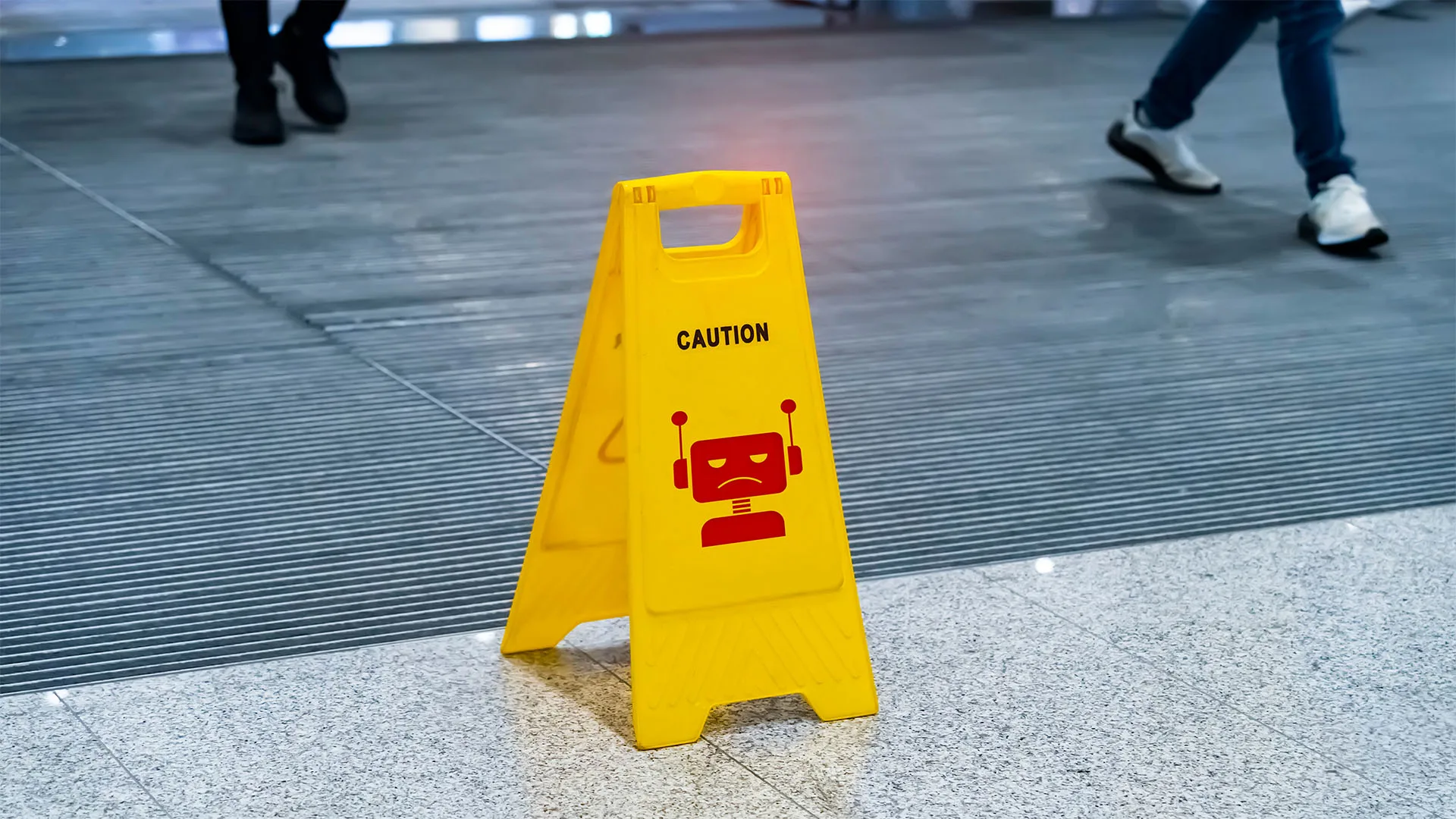
When you think of workplace safety you may picture yellow warning signs, high-viz vests, and maybe, in our changing climate, heat-related injuries for outdoor workers. But according to a new survey from Florida-based workplace radio provider EMCI Wireless, American workers are shifting their focus on what constitutes “safety” in the workplace.
It’s not “just about hard hats and hazard signs,” the report says, but is defined more expansively. Safety today is more about “trust, mental well-being, and adapting to a rapidly changing world.” While injuries on the job are still a concern, as are other traditional issues like fires or accidents, in the new survey American workers say that health outbreaks top their list of worries — likely because we’re all still a little sensitive after the Covid pandemic, and health topics like flu outbreaks and vaccine access are relentlessly in the headlines.
The top ten list for all the people surveyed are:
Health outbreaks
Mental health crises or burnout
Getting physically injured on the job
Cybersecurity threats
Fire or building emergencies
Exposure to toxic workplace culture or emotional hostility
Natural disasters or extreme weather
Political or ideological conflict turning hostile
Workplace sexual harassment or misconduct
Workplace violence
But, as industry news site Supply & Demand Chain Executive points out, Gen-Z’s top concerns are different, and relate more to their desire for better work-life balance and distaste for traditional workplace norms: physical injury and mental burnout tops their list. Meanwhile, women workers place burnout as a more serious risk than men do.
Featured Video
An Inc.com Featured Presentation
Some other statistics in the study will give many HR teams or workplace safety managers pause. Fully 46 percent of American workers say they worry about the potential of violence from coworkers. And nearly one in four workers say they’ve accepted dangerous duties due to the fear of being fired for refusing to do management’s bidding. When it comes to overwork, 43 percent of workers say they’ve had to take time off for burnout or stress, and one in four have actually left a job for these reasons. Generation Z is the age cohort that’s most likely to think about quitting work because of burnout problems at least a couple of times a month, with 63 percent feeling this way compared to 47 percent of all workers.
Meanwhile, younger workers are also more sensitive to some of the dramatic changes hitting the workplace due to difficult social and political changes. The data show 13 percent of Millennials and 14 percent of Gen-Z people surveyed have witnessed the decline of DEI efforts in their workplace, and they actually feel less secure now than before.
And when it comes to the buzziest tech of the moment, AI, workers are wary about it. There’s a rough half-and-half split, Supply & Demand Chain Executive notes, between people who want their company to embrace AI more or not. Interestingly, when it comes to boosting safety 20 percent “strongly” back more AI use. A full 30 percent feel the same way if you’re only discussing emergencies or alert warnings.
All of this data resonates with many reports about Gen-Z, particularly when it comes to talking about mental health and work-life balance and DEI—this last factor backed by a May survey reported in Teen Vogue. It also supports recent reports that workplace aggression may be rising across the country, to such a level that it’s driving health care worker turnover to higher levels.
What can you take away from this?
The fact that workers’ safety concerns have expanded should be worrying to all company leaders, and it may even prompt you to revisit and maybe revise your workplace safety guidelines to at least address the top concerns that your workers may have.
The new report also suggests that by upping your efforts to listen to your workers’ safety concerns, communicate openly and clearly with your staff and then invest in policies to keep your staff safe (in ways more than merely handing out hard hats) then you may boost employee engagement and retention. This will, ultimately, boost your bottom line.



